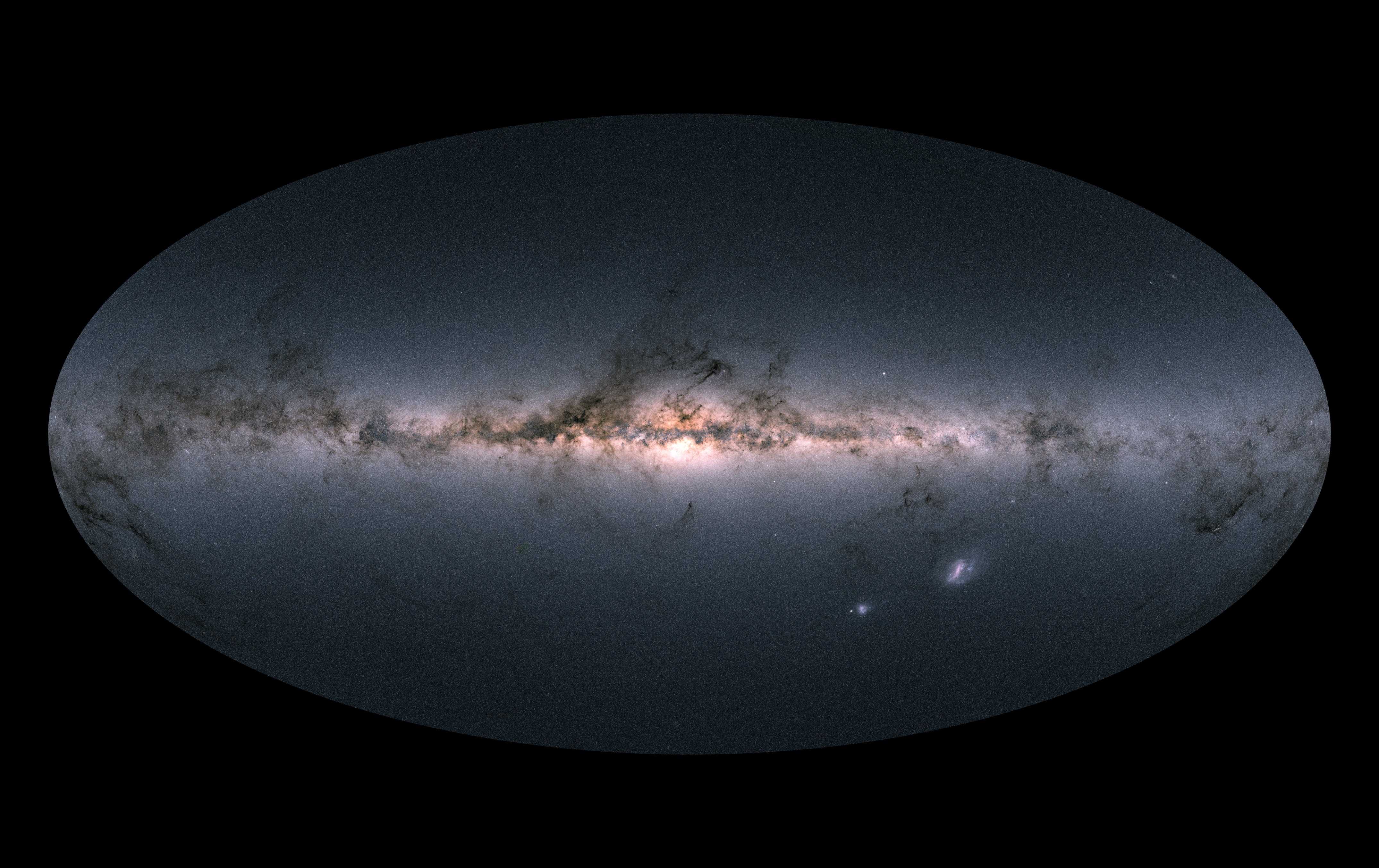Our Galaxy As We Know It Was Created by Galactic Cannibalism 10 Billion Years Ago

Credit to Author: Becky Ferreira| Date: Mon, 22 Jul 2019 18:44:00 +0000
Some 10 billion years ago, the primitive Milky Way scarfed down a galaxy one-quarter of its own size, according to a new study.
The cannibalized galaxy, known as Gaia-Enceladus, helped to create the Milky Way (our home galaxy) and its digested remains contain clues about the origins and evolution of our cosmic surroundings.
Astronomers frequently observe mergers between distant galaxies, but it’s trickier to reconstruct the interactions that defined the modern Milky Way in part because we lack an outside perspective of our own galaxy. The Gaia spacecraft, launched by the European Space Agency (ESA) in 2013, has helped fill in some of these gaps by building the most precise star map ever produced.
The Gaia mission has made it easier to distinguish between stars that originated in the Milky Way, and those that were introduced by Gaia-Enceladus, which is named after the ESA mission. (It is also popularly known as the “Gaia Sausage” because of the sausage-shaped orbit some of its remnants follow around the galaxy’s core.)
The Milky Way’s ancient encounter with Gaia-Enceladus was first described in 2018, but new details about the smaller galaxy’s size, as well as the merger’s date, were published on Monday in Nature Astronomy.
Scientists led by Carme Gallart, an astronomer at the Instituto de Astrofísica de Canarias in Spain, found that some stars observed by Gaia are lower in metal content than others. Smaller galaxies are typically not as enriched with metals as larger ones, which suggests that the metal-poor stars may have originated in the Gaia-Enceladus galaxy.
The Milky Way dates back at least 13 billion years, almost to the beginnings of the known universe. Back in those early days, the galaxy was smaller and had a different structure, so Gallart and her colleagues refer to this version as the “Milky Way progenitor,” or the “primitive Milky Way,” which was distinct from its modern incarnation.
The team’s simulations predicted that once the merger occurred, many of this progenitor’s stars—which were relatively metal-rich—became heated by the influx of new galactic material. Some of the stars were thrown from the galaxy’s disk into the halo, which is a spherical structure that surrounds the entire galaxy.
Gaia’s observations confirm that these metal-rich stars are strewn through the halo, and that they had an upper age limit of about 10 billion years, suggesting that this was when the merger took place.
“A primitive Milky Way had been forming stars over a period of some [three billion years] when a smaller galaxy, which had been forming stars on a similar timescale but was less chemically enriched owing to its lower mass, was accreted into it,” Gallart’s team said in the study.
“Our age determination reveals that the stars heated to halo-like kinematics were among the first formed in the Milky Way,” they added, “just before the merger with Gaia-Enceladus took place.”
It took another two-to-four billion years for the Milky Way to absorb the smaller galaxy, the team said, and the fallout of this collision continues to spur star formation to this day.
The modern version of the galaxy we live in contains multitudes, much of which has been consumed from outside the borders of its earliest form.
This article originally appeared on VICE US.